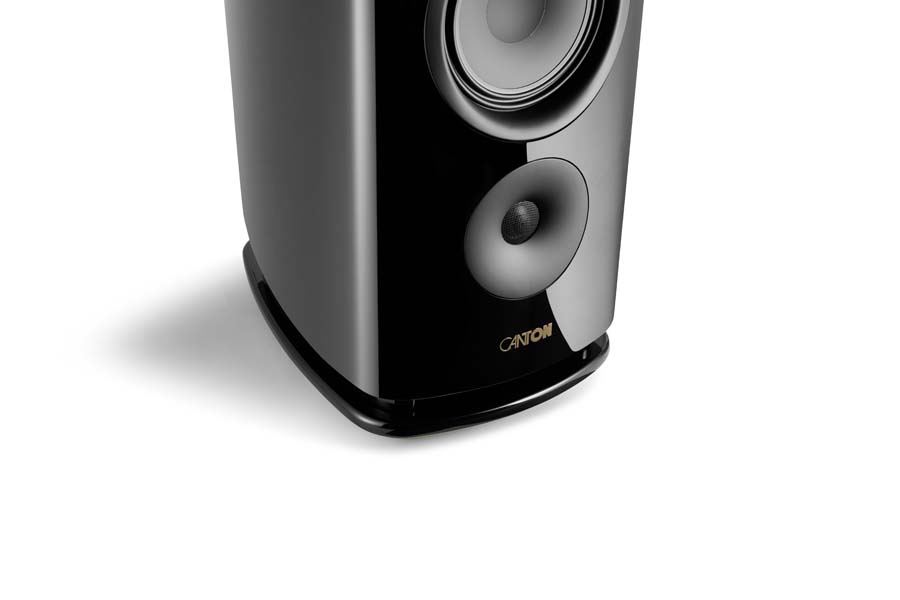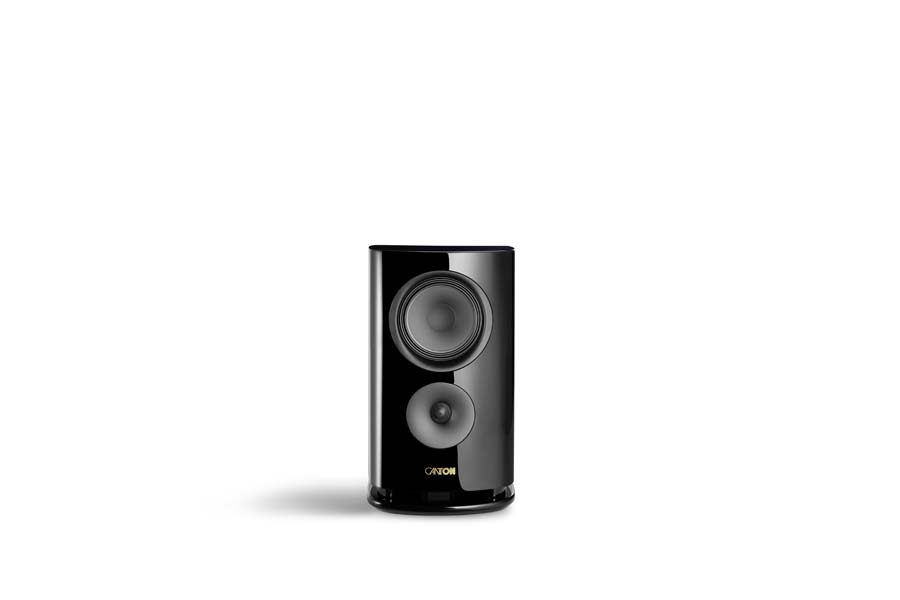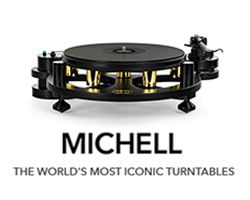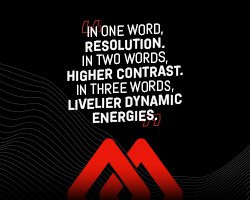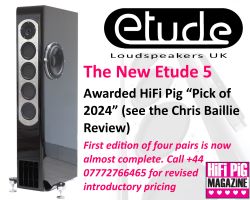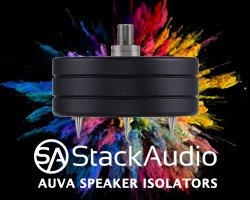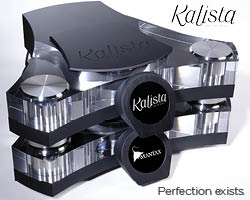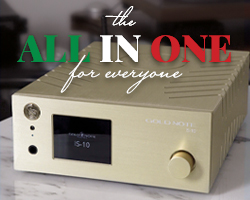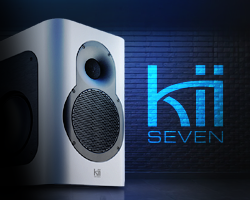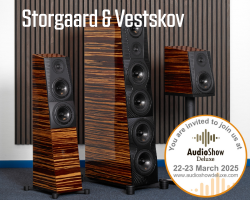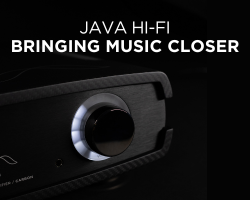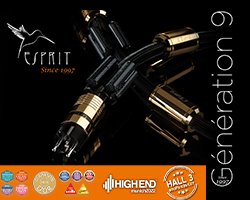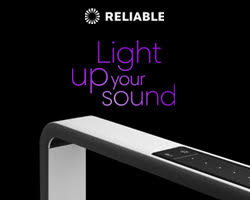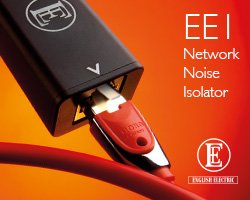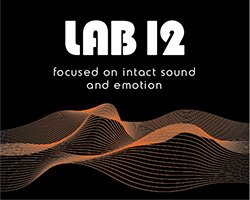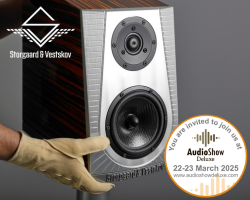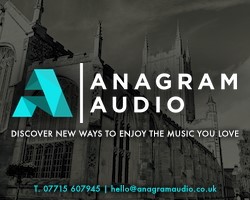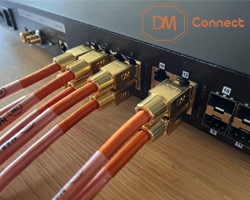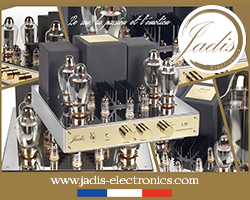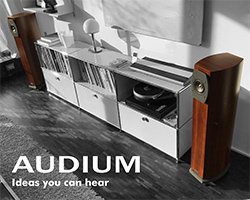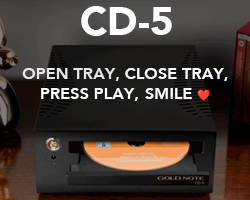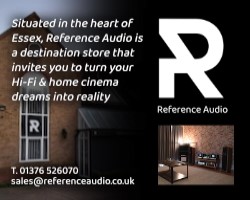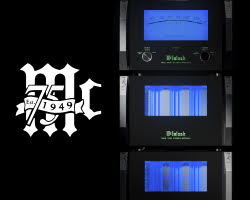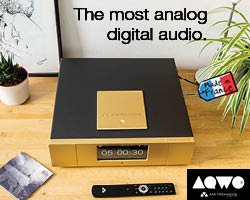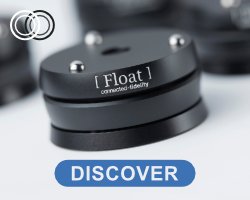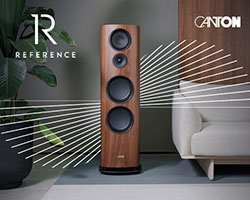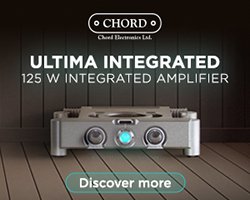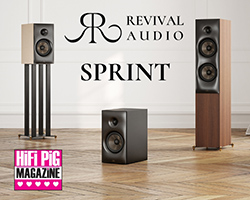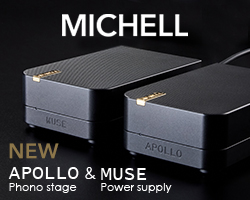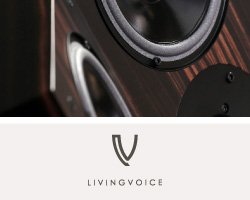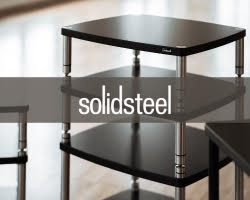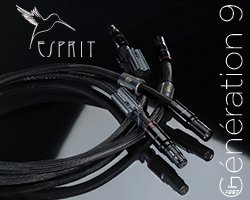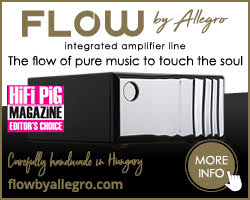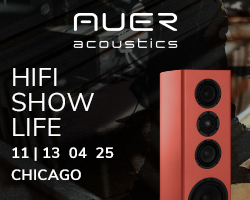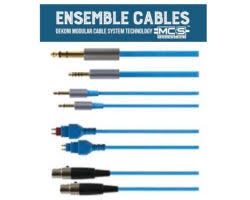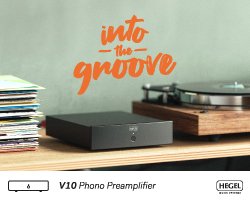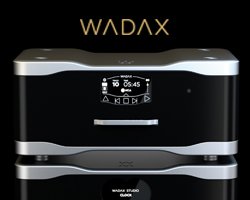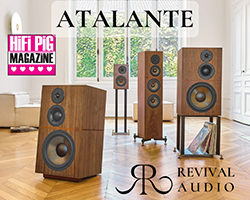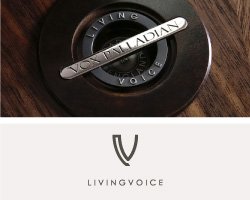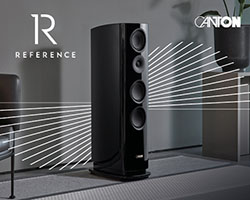CANTON REFERENCE 9 LOUDSPEAKER REVIEW
Canton Reference 9 Loudspeaker is the entry-level into this German loudspeaker manufacturer’s Reference range of loudspeakers and costs £3850, plus £600 for the stand. Janine Elliot takes a listen.
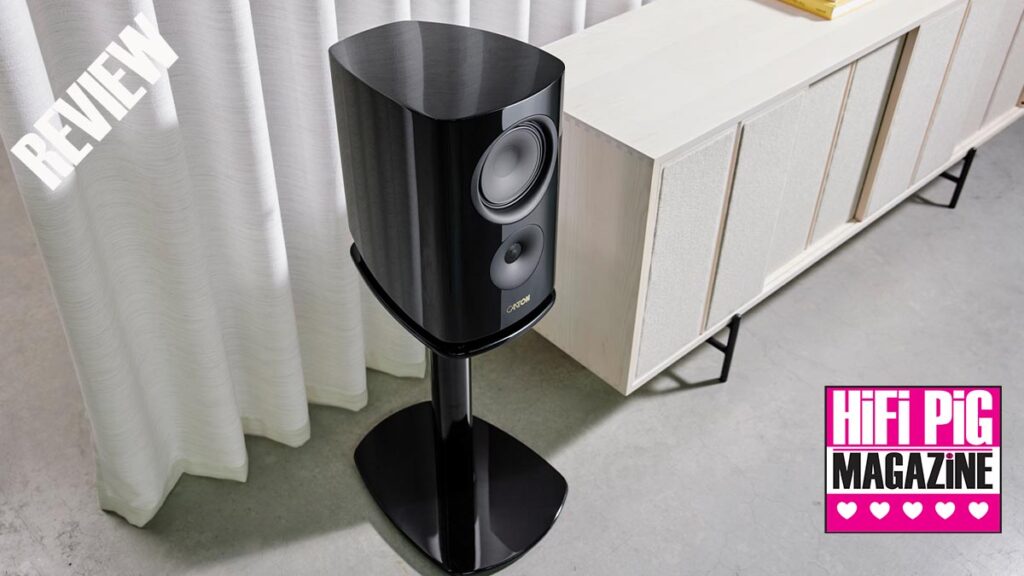
I didn’t realise just how big Canton is in Germany until the UK importer filled me in with some facts. He told me the brand is as popular in Germany as some of the biggest names are in the UK. He said they sell more Canton speakers in Germany than the combined total of two of the UK’s best-known speaker companies.
The Reference “9” might be a big number in the Reference range, but this is their entry model, coming in at a “mere” £3,850. The Reference range is, yes, their reference range, which goes “up” from this stand-mounter to floor-standers topping with their model “1” at £21,000. And even above that is the beautiful looking Reference GS, limited to 50 pairs (celebrating their 50th anniversary) and a whopping £50,000. The model under review here should therefore be much inferior, but just the curved shiny piano black design is enough to tell me that the company takes just as great a pride in their products, whatever the price. Even my cat wasn’t tempted to jump on it, or God forbid, scratch it. This, the smallest speaker, though, isn’t that diminutive, coming in at 45cm tall, and for me came supplied with the £600 Reference LS stand.
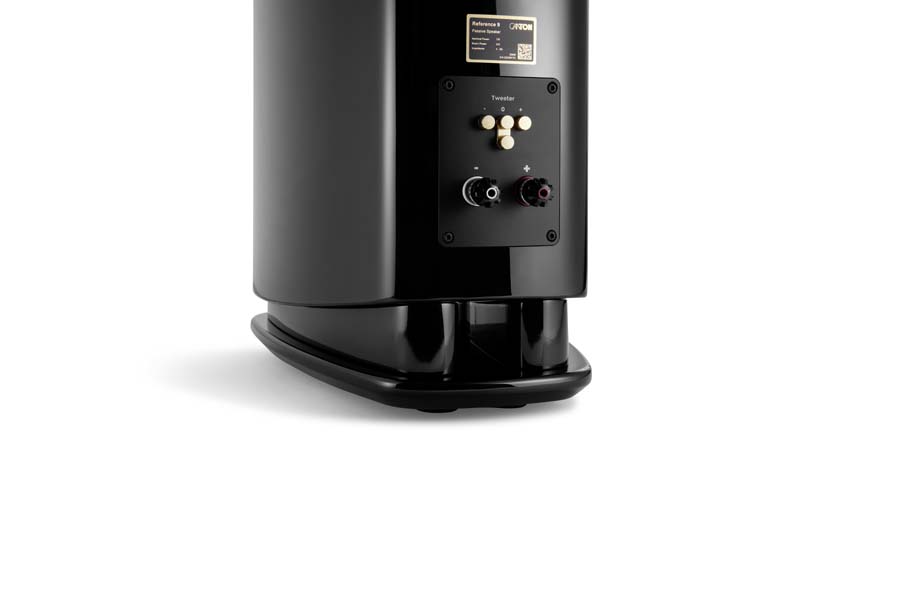
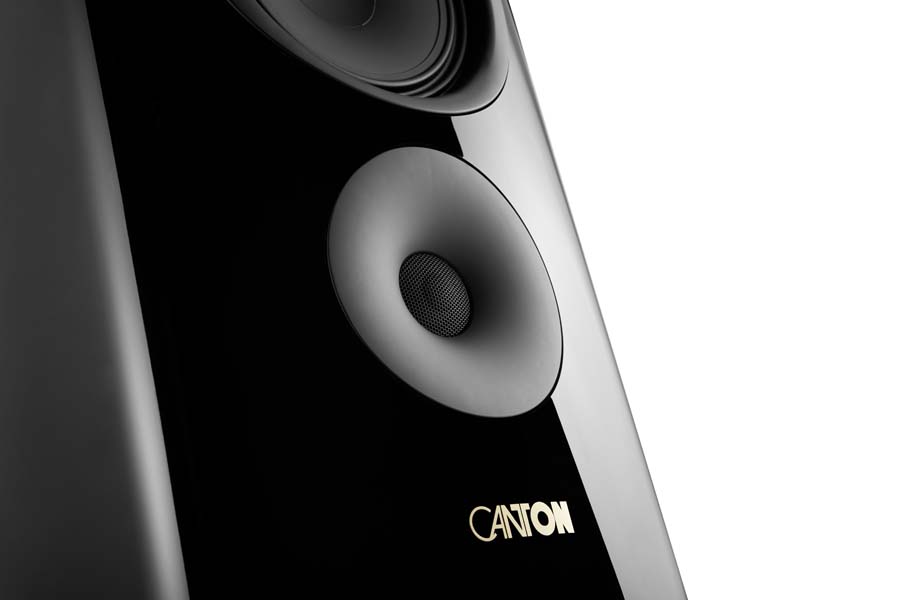
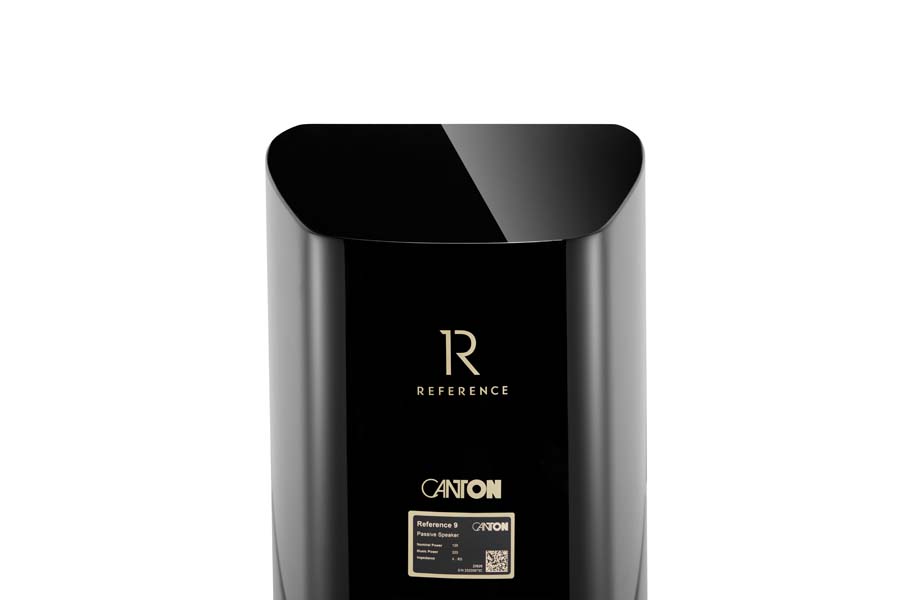
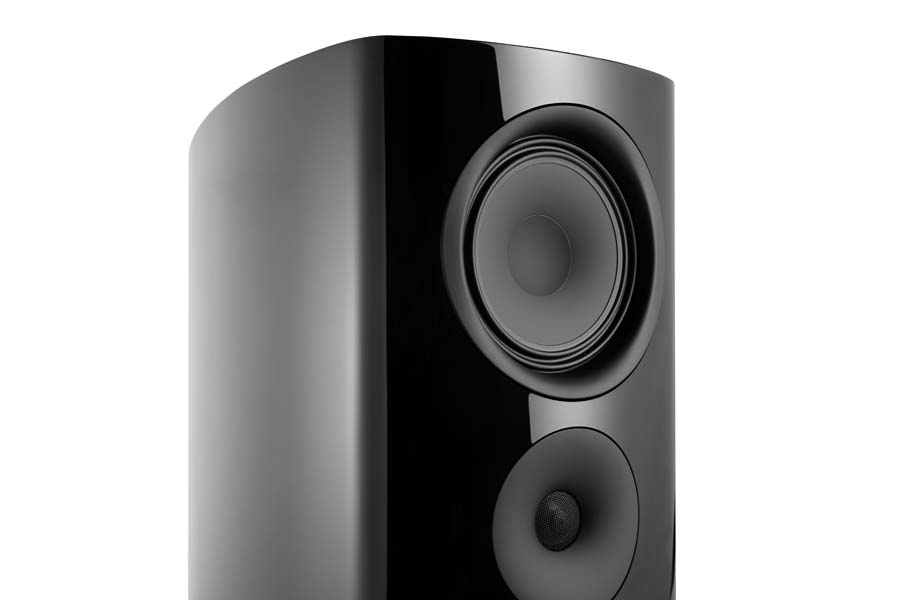
The company, based in Weilrod in the Taunus region of Germany plus a components factory near Tachau in the Czech Republic, have around 120 staff across both sites, and recently celebrated, yes, their Golden Anniversary (well, in 2022), so I decided to include lots of review material linked to that important number 50. All the manufacturing is done in-house, including the drivers.
Canton was set up by four HiFi fans Hubert Milbers, Otfried Sandig, Wolfgang Seikritt and Gunther Seitz, who fashioned the name “Canton” out of the Latin word “Cantare” (to sing) and the German word “ton” meaning tone (and also “clay”, but there’s nothing pott-y about this speaker!) with their main building site being a disused school in Niederlauken (a municipal district of Weilrod).
This family company still has founder Gunther Seitz plus CEO Christoph Kraus now at the helm. The company make a total of 12 product series and sell in 53 countries. They have 4 production rooms so they can build different models at the same time, and there’s an anechoic chamber, plus a listening room for vendors and professionals to witness their products.
The company’s first speaker was the LE 250 bookshelf in 1974 with the ERGO in 1980 the first floor-stander (incidentally also re-released in modified form to celebrate their 50th anniversary), and they now sell around 90,000 loudspeakers a year. I remember their static-removing Discostat series of record cleaning devices from 1975, such as their clever anti-static cleaning arm (not like my simple BIB brush/roller arm, which I actually still use on one of my older turntables!), and they even brought out electronics, including the Gamma 800R receiver. The Reference 9, here for review, is made in three finishes; walnut, white satin, and the one I have in piano black, which is my favourite.
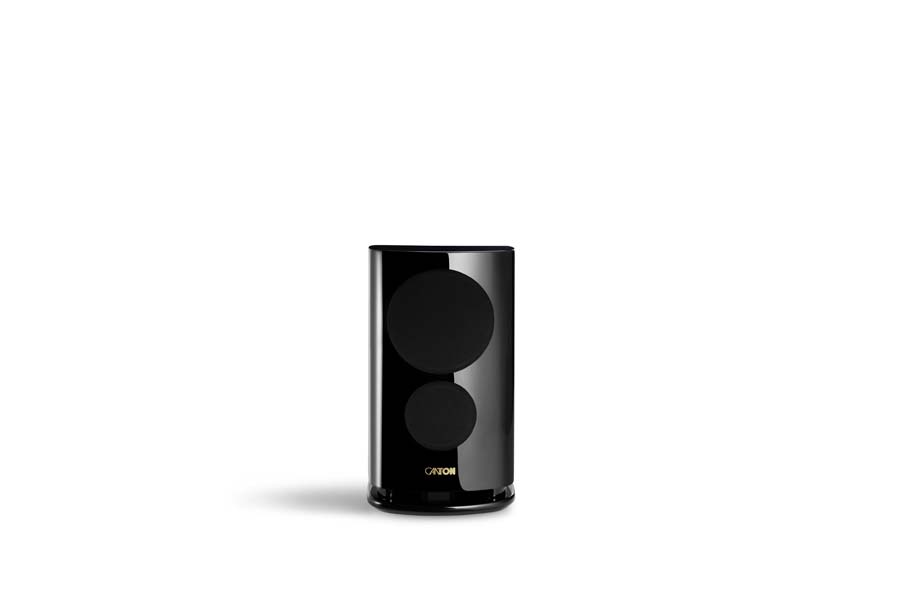
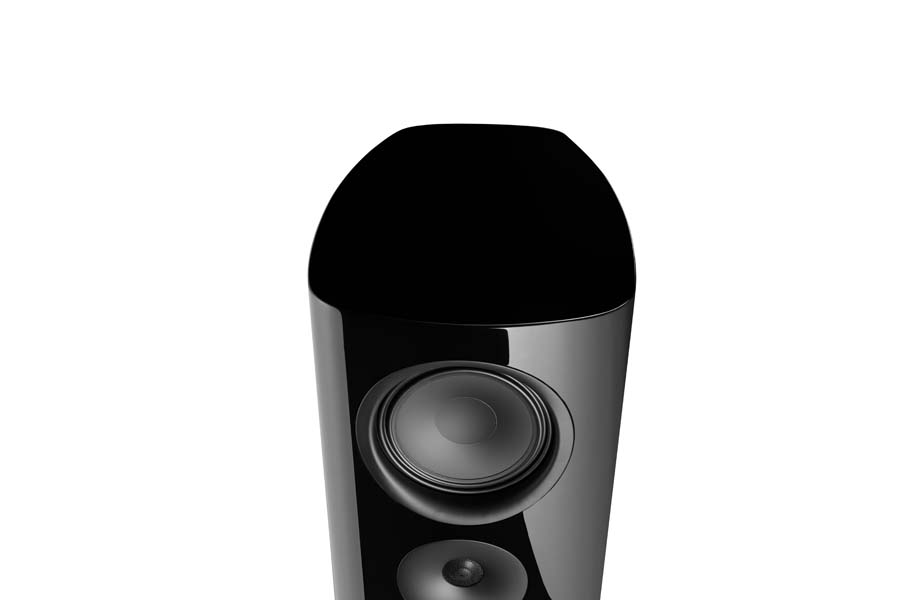
BUILD QUALITY AND FEATURES OF THE CANTON REFERENCE 9
This is a beautiful-looking curved 2-way loudspeaker. The build quality is exemplary. At the rear, there is a +/- 1.5dB tweeter adjustment in case you want to add or decrease top frequencies; a bit like in my BBC LS5/9s, though that was to secure compatibility between tweeters rather than EQ.
The 174mm woofer uses BCT (Black Ceramic-Coated Tungsten) technology, designed to mix lightness with rigidity.
The 25mm tweeter similarly uses a metal diaphragm, this time with an aluminium body and with ceramic-coated technology. It is placed deep into the baffle to align with the mid/bass, with a wide dispersion waveguide. Most noticeable is that the tweeter is placed beneath the mid/bass driver. This clearly defines this model, just as Mission shocked the world back in 1978 with the Mission 700. And it works. More on that later. Interestingly, where I place the tweeter in my LS5/9 at eye level on its stand, the Reference 9 tweeter is a good 30cm below that point.
The front baffle, like in all the Reference range, is beautifully curved to reduce diffraction effects on the edges. The company use a computer-optimised chamber system to get it all just right. There are no standing waves inside the cabinet due to the internal stiffening, and also as the top is slightly angled.
What sets this speaker different to most stand-mounters is that it has what the company calls a “down-fire port”, angled so that the bass exits at the front and rear bottom; a bass guide, introduced in the original Reference K series of 2015. All new models, including floor-standers follow this technique. The bass guide is an integral part of the loudspeaker (and the first time in such a small speaker as the R9), and the beautiful curvature of the speaker continues into the construction of this “port”; you can’t see any joins, unless you buy it in white or walnut! With the inbuilt port all mathematically worked out it actually made it quite easy for me to place the speakers fairly close to a wall without any audible concerns. I needed to toe-in the speakers more than I do with my Arcs to get a good soundstage; indeed, my listening tests showed just how good these speakers are with the positioning of instruments.
Hand-picked components make up the crossover, including a high-strength PCB. Rear connectors are WBT Nextgen terminals.
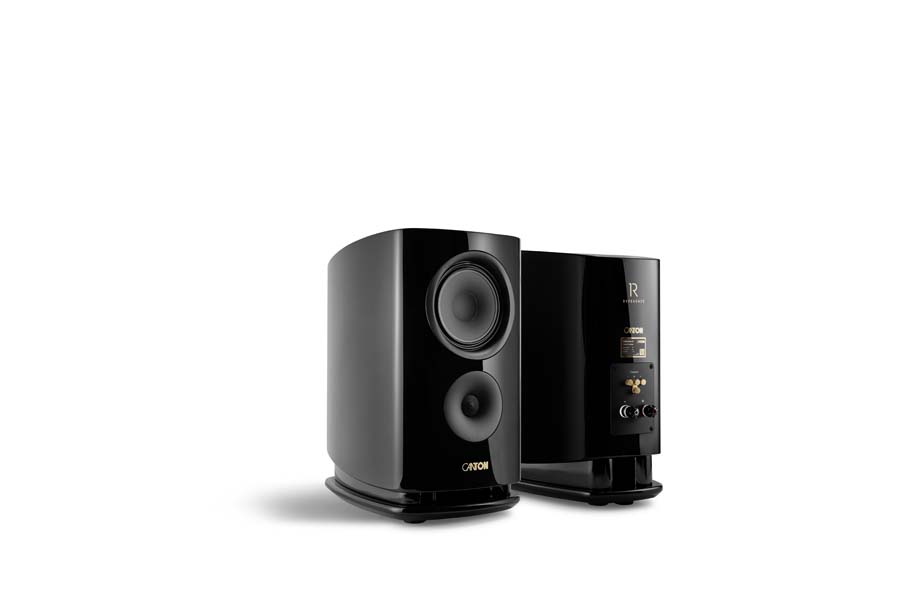
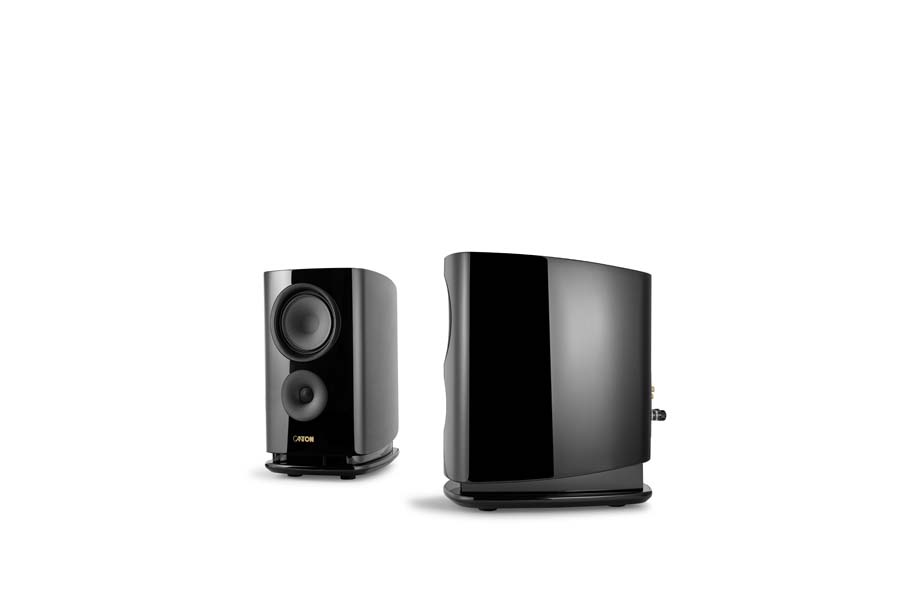

Interestingly, the bass and tweeter have their own miniature front grilles, magically held in place with the aid of magnets. Due to the curved shape of the baffle, there are only two logical positions for the grilles to fit in place properly. I removed the grilles for the review, though the acoustic effect of having them in situ is very marginal.
The Reference LS stand is very lightweight, and unfortunately, you can’t fill it with lead shot or sand, like I have on my Atacamas, to stop any “ringing” and increase weight, because there is a hole to bring through your cabling from under the stand’s base. Lovely thought, but my flat Tellurium Q cables are far too wide! The bottom of the Reference 9 is flat and shiny with only 4 small felt circles on the bottom edges to keep it from moving on the stand, and ironically their positioning is actually outside of the area of the stand’s top-plate, meaning it serves no purpose, and so those with children and/or pets might want to take care here. I love the (vitally important) stands for my WB Arcs, as they literally screw into the speakers and are held solidly in place. For £600 this stand would not be my choice for supporting these speakers. There are far more secure stands at half that price.
The speakers are fairly efficient and match my Arc and LS5/9, rated at 87dB/m, and permit 220W maximum music power (125W nominal load). My Synthesis KT88 mono-blocks would be fine, but my Krell SS powerhouse might perhaps upset the speakers if pushed to extremes.
SOUND QUALITY
The design of the bass reflex and front baffle went a long way into showing me just how good the soundstage and the frequency range of the speakers was. Indeed, with such a good separation and nice top- and bottom-end I could have been optimistically describing myself in my 20’s. However, just as in old age, in some of the music I played, that bottom end could sound a wee bit flabby at times. Peter Gabriel’s cover song “i/o” the bass sounded a little uncontrolled in the “Dark Side” (CD2) version of this twin-album, each an identically recorded production but engineered by a different technician, though the sound engineering of the same track in the “Bright Side” (CD1) version (mixed by Spike Stent – famous for Ed Sheeren, Bjork, Madonna, etc) had a much better-defined bass-end. Unfortunately, though, for me the music wasn’t quite as interesting in that version.
The bass extension from this speaker is phenomenal. Shostokovich’s “The Military Camp” (King Lear op.58a, a 50th anniversary of his death 19-CD mega production celebrating his life and featuring all his major works with the Boston Symphony Orchestra on Deutsche Grammophon) has an amazing bass rumble at the start and during the work. It really is powerful, but it gets in the way of the music. Well worth listening to this, though, if you want to test out your speaker’s bottom end. Recorded at Tanglewood, Massachusetts, this is an epic recording with details such as trumpet semiquaver repeated notes in the Festival Overture, or the long string phrases, really engaging and musically competent on the Reference 9. My initial findings were of the perfect positioning of all the individual instruments with pin-sharp detail of each musical line. Indeed, not only was the music clearly placed across the front of the stage, but also front to back; Peter Gabriel’s album “i/o” has lots of intricate sound engineering, and the Reference 9 allowed me to enjoy the technical design as much as the music itself. Kate Bush’s “Prelude” and “Prologue” from ‘Aerial’ are well known tracks for me to use in reviews, but even on this occasion I was shocked at just how good the detail was; the birds really flew about the stage at the start, and the child’s voice gently ushering the words “Mummy, daddy, the day is full of birds” clearly positioned in front of this atmosphere and the piano accompaniment. I didn’t need Dolby Vision HDR to see the sound stage here. The Reference 9 constantly showed me intricate detail from all the music I played, and was even better than on my Arcs, which I had always thought was very good. But even that perfect hour-glass figure I talked about earlier still had some freckles and wrinkles when looking close-up, and that prevented me from uttering the words “Eureka”. Alas, no speaker is perfect. There was often just a tiny bit of graininess in the mids and tops, for example, Kate’s vocals.

Going back to Shostakovich again and in my opinion the best slow movement from any concerto, ever, his Second Piano Concerto (and not Rachmaninov’s second piano concerto, though that is a close second..) played and conducted by Leonard Bernstein on Columbia Records had the pianoforte tight and controlled, but some of the instruments weren’t quite so angelic. The piccolo in the first movement is very grainy and really painful at times – this speaker won’t hide any flaws in the performance or mastering! Listening to another brand-new version from Anna Vinnitskaya (Kremerata Baltica, Alpha Classics), this has a deeper and more mellow tone, but the soundstage is narrower (again, I say nothing is perfect). Even the first piano entry in the second movement playing a gentle top “E” commits a cardinal sin, coming in exactly in time on the first beat, rather than just holding back half a second before playing, as in Bernstein’s edition, to give a sense of anticipation and emotion. It needs to be played weighted and waited on! This work is used in many films as an emotion (such as “Bridge of Spies”), and the Reference 9 did well to keep musicality in the foreground, with immaculate timing (if not Anna’s entry…). The Bernstein version is the more human, though, but comes at the price of lots of atmosphere in the hall, all clearly picked up by the speaker, especially the lower frequencies many speakers might ignore.
Time to liven things up with Dream Theatre’s ‘Systematic Chaos’ album from 2007. This progressive metal band is great at projecting chaos in their music, and many loudspeakers and amplifiers won’t give this band justice; hidden away in their music are lots of snippets of emotion and reason. The performance from the Canton was very detailed and controlled, but I felt it just ever so slightly missed out on those moments of passion and feeling. The instruments and the vocal injections in “Repentance” were all there, correctly positioned, but this performance wouldn’t win an Oscar; the vox-pop of different sentences from different people at different places on the stage just blended together. It sounded more like a matinee performance rather than the Finale, and the almighty rumpus at 7’07” just didn’t come across with as much energy as I had hoped, even with these speakers’ incredible bass power. “In the Presence of Enemies 2” came across more as friendly fire, though the amount of speed, detail and bass extension marked the Canton out as a spectacular speaker for the price. The inverted tweeter layout meant that the top detail was exiting lower in height than the tweeter in my LS5/9 or even WB Arc, but I didn’t feel that this was a problem. The tweeter has a wide dispersal, so I was able to appreciate all that top-end detail perfectly, and more importantly, it didn’t feel separate from the bass/mid frequencies. This was a brilliantly uniform sound, showing excellent time alignment. Mission clearly had the right idea when they brought out their 700 with their “Inverted Driver Geometry” and Canton is very particular about where the company places that inverted tweeter in all the Reference models, and it certainly works in the Ref 9. This model certainly goes down to 25Hz, with their Reference 1 claiming to descend further to 18Hz.
Continuing the “50’s” theme, I played some music that took me back half a century, such as Bowie’s “Young Americans”, Abba’s “Abba” and Queen’s “Night at the Opera” and I found a certain amount of graininess to the sound, typical of productions at this time. Abba’s “SOS” has such bright vocal and electric piano sounds in the recording that I felt quite relieved that when I listened to it originally as a child, my cheap Philips speaker’s top-end went south past 10kHz! The Reference 9 really does show up faults in the albums we once thought were perfect. Kate Bush’s ‘50 Words for Snow’ (2011) gave a much more fluid performance, particularly better vocals, though the deep piano, bass and drums in the track “Snow Flake” sounded more like 50 shades of grey, coming across just a little muddier and uncontrolled than I had hoped.
QUIBBLES
There is very little I can say about this loudspeaker that didn’t meet my expectations, other than I would have preferred something a little more substantial to allow it to sit securely onto the Canton stand (even a rubber layer), plus the top-plate of the stand being of a smaller area than the speaker footprint made it impossible to judge whether it was centered correctly. Those circular felt pads on the speaker base don’t even touch the stand!
CONCLUSION
This is a very honest speaker, not just in the tonal range, but also in its almost OCD positioning of everything in the soundstage. Basslines are audibly extended from that down-firing port and are generally very clear, and it gave a very unflustered performance in everything that I threw at it, though at times that top-end could sound a little too detailed and grainy. At least I could turn it down by 1.5dB.
For an “entry model” this little speaker is huge in what it can do, but whether you want so much detail depends on whether you just want to listen and relax to music at the end of a busy day or you want to analyse every bar.
AT A GLANCE
Build Quality:
Brilliantly designed and built, and with good speaker terminals
Sound Quality:
A brilliantly defined soundstage, including behind and in front
Treble might sound a little too grainy on poorly mastered recordings
Particularly excellent on classical music
Value For Money:
At £3850 plus stand, this isn’t a cheap base-model, but bearing in mind the bass extension, soundstage and beautiful looks, for their premium series, this is actually a very good buy indeed.
We Loved:
Soundstage and clarity
Bass extension
Good looks
We Didn’t Love So Much:
The top frequencies can make cymbals and voices a little grainy in some of the music.
Elevator Pitch Review: I have only ever heard Canton in HiFi shows and so I didn’t quite know what to expect when the Reference 9 arrived for me for review. My initial thoughts were of the good looks and then wondering where the port was, if indeed there was one. That question was answered as soon as I started playing music, as I couldn’t believe just how extended that lower bass was for such a “small” speaker, and I also learnt a new phrase “Bass Guide”. It might not go down quite to the stated 18Hz in their top £21,000 Reference 1, but this entry model certainly had vital statistics to get any HiFi follower really excited. But would the other frequency extreme be quite so hot?
Price:
Reference 9 £3,850
Janine Elliot
SUPPLIED BY SIGNATURE AUDIO SYSTEMS
Audio System used:
Astell and Kern SE180, Lenovo laptop, Samsung A23, Ethernet (DSD, Qubuz, WAV, FLAC, MQA, MP3 Digital sources); Pre-Audio GL-1102N/Ortofon Kontrapunkt b (turntable/cartridge) plus Manley Steelhead (phono-stage); Krell KPS20i (CD); Tellurium Ultra Silver 2 and Townshend Audio F1 cables, Coppice Audio stand and Townshend rack.
Supplied Specification
Acoustic principle: 2-way Bass reflex system
Principle passive resonator: Bass reflex
Radiation direction resonator: Down-fire
Tweeter size: 25 mm
Tweeter material: Aluminum ceramic oxide
Woofer/Midrange driver size: 174 mm
Woofer/Midrange driver material: Black ceramic tungsten (Wave surround)
Nominal load capacity: 125 watts
Music load capacity: 220 watts
Transmission range: 25…40,000 Hz
Impedance: 4 – 8 ohm
Efficiency 2.83V/1m: 87 dB















































